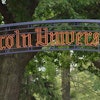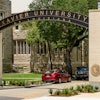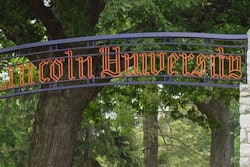University of Chicago Opens New Gallery Devoted to Ancient Nubia
CHICAGO
As the Field Museum in downtown Chicago geared up for another blockbuster visit this spring by the golden treasures of King Tutankhamun, the Oriental Institute of the University of Chicago quietly opened a new gallery devoted to ancient Nubia, the mysterious land where all that gold came from.
“Egypt didn’t have any gold,” says Oriental Institute researcher Dr. Emily Teeter. “So when you look at the Tutankhamun art, you’re seeing gold from Nubia, obtained either through trade or by conquest.”
There’s not much gold in the 600 artifacts on display in the new permanent gallery, but the collection contains treasure of a rarer kind: the fruits of 100 years of exploration and research into the poorly understood region that straddles the southern third of modern Egypt and the northern third of present-day Sudan.
Some of the works on display, culled from the museum’s 15,000-piece Nubian collection, are solemn and ceremonial. Others are utilitarian, like a leather quiver, still glossy and supple-looking, that dates from the time of Jesus Christ.
But a surprising number, particularly among the ceramic pieces, use whimsical animal imagery. A smiling frog (“a symbol of rebirth,” says Teeter) gazes heavenward. Cartoonish crocodiles march around one pot, and friendly looking cobras dance around another.















